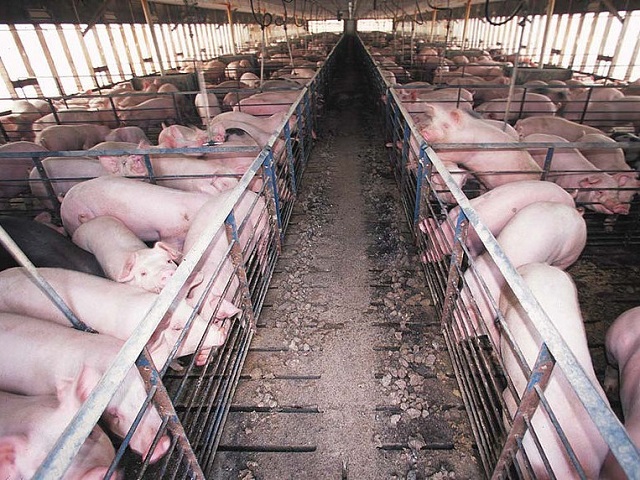Despite Robust Exports, U.S. Pork Industry Faces Challenges
DENVER, CO – U.S. pork exports to China have skyrocketed this year as African Swine Fever (ASF) eroded two-thirds of China’s hog herd and drove its hog prices to record highs. China now accounts for nearly 8 percent of U.S. pork production, compared to around just 2 percent in 2018. However, according to a new report from CoBank’s Knowledge Exchange, China is making progress rebuilding its hog herd, jeopardizing the U.S. export picture over the next 3 to 5 years.
“China’s pork market is showing the early signs of herd rebuilding and hog prices have fallen 30 percent from their peak a year ago,” said Will Sawyer, lead economist, animal protein, CoBank.
The loss of exports to China would likely lead to difficult conditions for U.S. hog producers and processors alike. The U.S. pork industry has built multiple new plants over the past four years, increasing packing capacity by 12 percent, with much of this new capacity eyed for international markets. Following the discovery of ASF in Germany in September, many key pork importing countries have banned German pork, opening the window for increased shipments from the U.S. and other key pork exporters. This provides the U.S. with a short-term opportunity to increase market share in China, as Germany represents approximately 14 percent of China’s pork imports.
Although the ban is unlikely to last forever, and with China’s hog prices showing signs of weakening, the U.S. may still feel the pressure of reduced Chinese pork imports. The greatest opportunity and possible challenge for the U.S. pork sector is the U.S. market itself. With few exceptions over the last 30 years, annual per capita pork consumption in the U.S. has been range-bound between 48 and 52 pounds.
(SOURCE: All Ag News)















































